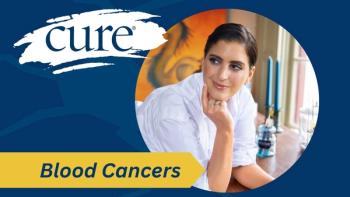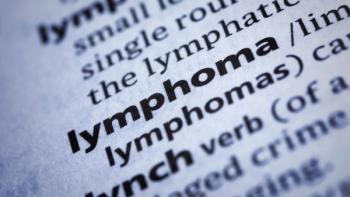
Defining 'Previvor'
I use the word "previvor" a lot, so I wanted to take a minute to reflect on what that means.
In many of my articles here at CURE®, I use the word “previvor.” I also use the word a lot when retelling my late wife’s heartbreaking story of hereditary breast cancer.
I first became aware of the word after my wife and my daughter tested positive for a pathogenic BRCA2 mutation that I now know is quite prevalent in my wife’s family. But at the time I didn’t give it much thought as I was scrambling to take care of my wife after her diagnosis for metastatic triple-negative breast cancer.
Previvor has been around awhile. It was coined by a
Previvor is not a word my daughter uses to define herself, after all, she is a scientist and is proud of it. But she also isn’t afraid to talk about her previvorship and her desire to always be a previvor. She takes being proactive seriously as she knows there are several different cancer risks associated with BRCA2 mutations.
But both my daughter and I have learned that many people don’t really have a clue to what previvor really means. So, being an artist, I decided to create a graphic with the best definition I could come up with and post it on social media.
Since first learning of the word, I have seen several attempts to define it online, but none of them seemed adequate. And then there were the odd definition questions that have been offered by people when I share the word — like being asked, “Does being a previvor have something to do with a previous life?”
Um, not really. But I guess if you really consider about how much life changes once you or a loved one learns about an inherited mutation and being a previvor there’s some validity to that question.
I thought my graphic would maybe get a few “likes” and maybe a share or two, but the reaction to the post really surprised me. Not only did it get many likes and reposts, I also received numerous messages and requests to connect from previvors, doctors, nurses, advocates and cancer organizations.
I’m not sure I was really qualified to define the word, but I’m glad to see the graphic being shared. It can only help raise awareness about the numerous mutations that pose a risk for cancer and how with proper testing and screening the risk can be significantly reduced. With up to 20% of all the cancers diagnosed each year being hereditary — that would be up to 400,000 individuals — maybe more awareness will help lower that number and increase the number of previvors.
And maybe it will help raise awareness about the needs and concerns of the courageous individuals that face the risk of cancer and call themselves previvors.
For more news on cancer updates, research and education, don’t forget to




